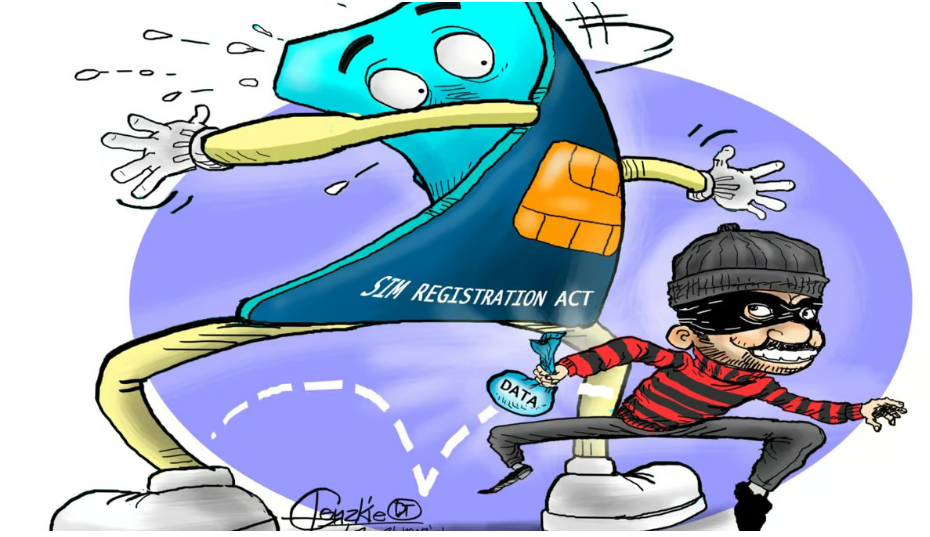 The battle against fraudulent activities has become increasingly complex in an era dominated by technological advancements.
The battle against fraudulent activities has become increasingly complex in an era dominated by technological advancements.
Despite the enactment of legislation like the Republic Act 11934 or the Sim Registration Act, designed to curb such malpractices, text scams have resurfaced with renewed vigor.
The Sim Registration Act was introduced to enhance security and accountability within the telecommunications sector. By mandating the registration of SIM cards to specific users, authorities aimed to create a robust framework for tracking and deterring criminal activities, including text scams.
However, the effectiveness of this legislation has been undermined by scam artists’ adaptive nature and the evolving landscape of digital communication.
It seems that scammers have become adept at circumventing regulatory barriers by employing sophisticated techniques such as spoofing, phishing, and social engineering. These tactics enable them to disguise their identities and manipulate unsuspecting individuals into divulging sensitive information or falling victim to financial fraud.
The internet’s interconnected nature enables scammers to operate across international borders, making it challenging for regulatory authorities to enforce compliance effectively. As a result, perpetrators can exploit legal loopholes and jurisdictional limitations to evade detection and prosecution.
Likewise, rapid advancements in technology have provided scammers access to powerful tools and platforms for orchestrating their schemes. From automated messaging systems to artificial intelligence-driven algorithms, these innovations empower fraudsters to scale their operations and tailor their approaches to target specific demographics with precision.
Text scams often leverage psychological manipulation techniques to exploit human vulnerabilities and elicit the desired responses from their victims. By invoking fear, speed, or greed, scammers create a sense of urgency that compels individuals to act impulsively without critically evaluating the legitimacy of the communication.
The resurgence of text scams poses significant risks to individuals, businesses, and society.
Beyond the financial losses incurred by victims, these fraudulent activities erode trust in digital communication channels, undermine consumer confidence, and strain regulatory resources.
Moreover, vulnerable populations, such as the elderly and technologically inexperienced, are disproportionately affected by such scams, amplifying concerns about social equity and digital inclusion.
Empowering individuals with knowledge and awareness is essential for combating text scams effectively. By educating the public about common scam tactics, warning signs, and protective measures, stakeholders can mitigate the risk of victimization and foster a culture of digital literacy and resilience.
Therefore, collaboration among government agencies, telecommunications providers, technology companies, and law enforcement agencies is vital for implementing coordinated strategies to combat text scams. By sharing intelligence, resources, and best practices, stakeholders can enhance their collective capacities to detect, prevent, and respond to fraudulent activities.
Investing in advanced technological solutions, such as artificial intelligence-driven fraud detection algorithms and blockchain-based authentication mechanisms, can bolster the resilience of digital communication networks against text scams. These technologies offer real-time monitoring, anomaly detection, and identity verification capabilities that can help identify and mitigate fraudulent activities more effectively.
Strengthening regulatory enforcement mechanisms and penalties for non-compliance is essential for deterring text scams and holding perpetrators accountable. By imposing sanctions on individuals and entities engaged in fraudulent behavior, regulatory authorities can create a deterrent effect and disrupt the profitability of scam operations.
The sad thing is that despite the enactment of the Sim Registration Act and other regulatory measures, text scams continue to proliferate, posing a persistent threat to cybersecurity and consumer protection.
Addressing this challenge requires a diverse approach that combines technological innovation, regulatory enforcement, consumer education, and collaborative partnerships.
By leveraging these strategies in concert, stakeholders can mitigate the impact of text scams and safeguard the integrity of digital communication channels in the digital age.
*****
Credit belongs to: tribune.net.ph
 Atin Ito First Filipino Community Newspaper in Ontario
Atin Ito First Filipino Community Newspaper in Ontario






